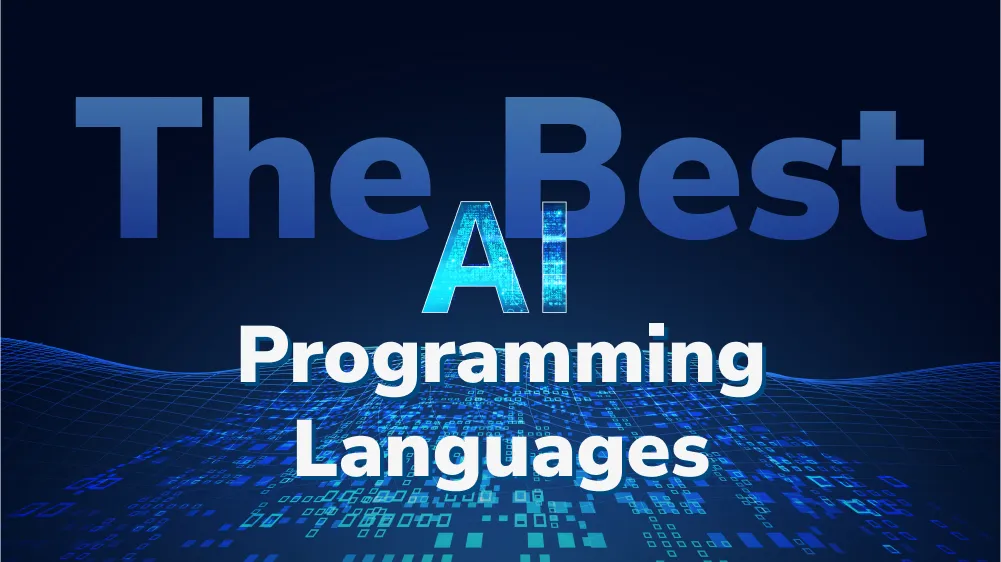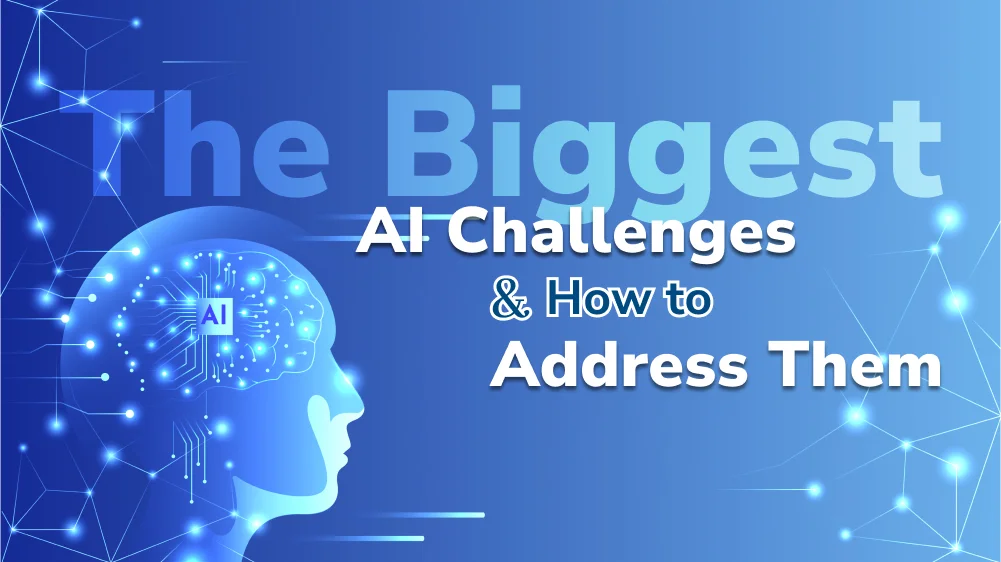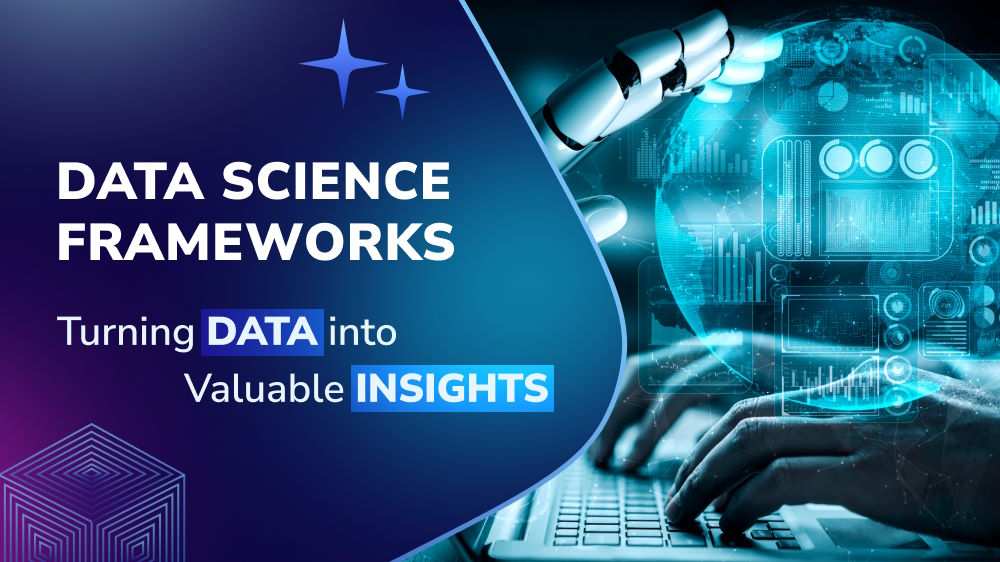
AI Development Services We Offer
As an AI-centric software development outsourcing company, Orient Software’s key offerings consist of three groups of services: Consultation, development, and staff/team augmentation.
Custom AI Solution Development & Integration
We offer end-to-end development of tailored solutions for your AI business ideas and needs. We guarantee seamless integration of new AI solutions into legacy systems and business processes with no migration issues. Rest assured that your AI development project is in good hands.
AI Implementation Strategy
We provide consulting services that cover all facets related to AI adoption and implementation. Our experts work on comprehensive analyses, road mapping, and feasibility studies to give strategic guidance. We also assess your technical readiness to advise on infrastructure and resources.
AI Experts
We take the stress out of AI talent acquisition with our staffing services. No more complex recruitment processes or costs associated with full-time employment. We provide on-demand resources at your disposal. You can pick the engagement model: Staff augmentation or dedicated teams.
Case Study

InCloud partnered with Orient Software to develop three AI-driven detection solutions to enhance real-time monitoring, automation, and accuracy across multiple applications. These projects utilized computer vision, deep learning, and mobile AI to solve critical industry challenges, including digital display recognition, breathalyzer digit tracking, and fall detection for elderly individuals.
Read our story.

AI Domains We Excel in
As a competent AI software development company, our expertise and hands-on experience span various areas of artificial intelligence engineering. Let us help you leverage AI technologies to the fullest extent and gain a competitive edge.
Get Started Now
Generative AI
Natural Language Processing
Computer Vision
Neural Network
Machine Learning
Our engineers employ cutting-edge machine learning techniques and frameworks (Tensorflow, Keras, Scikit-learn, and PyTorch). Custom ML models for predictive analytics, clustering, classification, and recommendation systems are within our capability. We can assist you with more advanced algorithms (support vector machines, decision trees) and deep learning models (RNNs, LSTMs, GANs).
Our MLOps consulting services streamline the development, deployment, and management of ML models. Consult with our experts to optimize the ML development process and guarantee seamless integration with your existing systems.
Robotic Process Automation
Deep Learning
Data Science
Predictive Analytics
Business Intelligence
Why Outsource AI Projects to Orient Software?
- Demonstrated Excellence in AI Development
- On-demand AI Developers
- Cost-Effective Services
- AI Ethics
- Technical Readiness Assessment
For over a decade in the tech industry, Orient Software has taken pride in being an AI-focused software development outsourcing company. We combine our comprehensive range of AI expertise and custom software development experience into one cohesive effort to deliver top-tier AI solutions.
Our reputation is nurtured upon a solid track record of 200+ winning projects and positive feedback from our valued clients across numerous industries and geographies. We continue to set standards in AI development.
In our ranks, there are 350+ professionals with enviable skill sets in AI engineering, data science, machine learning algorithms, and other advanced AI technologies. We guarantee your access to the best-in-class AI talent in Vietnam and onboard the right candidates. Rest assured that our talent base is made up of bilingual experts with proven expertise and experience.
Our recruitment teams process clients' job specifications and administer our hiring process from A to Z. We have practices and criteria for selecting AI professionals, so you have no worry about unsuitable candidates slipping through the cracks.
Not any AI development company can offer what we do. We pledge to deliver our services at the most competitive prices with no compromising on quality or expertise.
At Orient Software, we do not offer the lowest prices, but we stick to fair and transparent pricing policies. Moreover, you can have our consultants advise on your cost estimation in order to keep your budget lean and gain maximum ROIs.
Our vision is to propel modern businesses with the power of artificial intelligence; still, we endorse and uphold ethical standards in AI development and implementation. Each and every one of our team members is trained and well-versed in ethical AI practices, norms, and guidelines. Work with us; you work with a socially responsible technology partner.
We make sure AI looks good on you. Apart from our core development services, we provide professional AI readiness assessments for businesses of all sizes and shapes. Our consultants work on a case-by-case basis to create a tailored roadmap for your AI adoption and integration with your current workflows.
For over a decade in the tech industry, Orient Software has taken pride in being an AI-focused software development outsourcing company. We combine our comprehensive range of AI expertise and custom software development experience into one cohesive effort to deliver top-tier AI solutions.
Our reputation is nurtured upon a solid track record of 200+ winning projects and positive feedback from our valued clients across numerous industries and geographies. We continue to set standards in AI development.
In our ranks, there are 350+ professionals with enviable skill sets in AI engineering, data science, machine learning algorithms, and other advanced AI technologies. We guarantee your access to the best-in-class AI talent in Vietnam and onboard the right candidates. Rest assured that our talent base is made up of bilingual experts with proven expertise and experience.
Our recruitment teams process clients' job specifications and administer our hiring process from A to Z. We have practices and criteria for selecting AI professionals, so you have no worry about unsuitable candidates slipping through the cracks.
Not any AI development company can offer what we do. We pledge to deliver our services at the most competitive prices with no compromising on quality or expertise.
At Orient Software, we do not offer the lowest prices, but we stick to fair and transparent pricing policies. Moreover, you can have our consultants advise on your cost estimation in order to keep your budget lean and gain maximum ROIs.
Our vision is to propel modern businesses with the power of artificial intelligence; still, we endorse and uphold ethical standards in AI development and implementation. Each and every one of our team members is trained and well-versed in ethical AI practices, norms, and guidelines. Work with us; you work with a socially responsible technology partner.
We make sure AI looks good on you. Apart from our core development services, we provide professional AI readiness assessments for businesses of all sizes and shapes. Our consultants work on a case-by-case basis to create a tailored roadmap for your AI adoption and integration with your current workflows.
Industries We Serve
Our strength lies in our expertise in various AI domains coupled with the ability to deliver tailor-made solutions for different industries. Some of the industries we serve include:
Healthcare & Life Sciences
Financial Services
Education
Manufacturing
Retail
eCommerce
Travel & Hospitality
Human Resources
Healthcare & Life Sciences
Financial Services
Education
Manufacturing
Retail
eCommerce
Travel & Hospitality
Human Resources
Start Your Project with Orient Software Today
We’d love to connect with you and figure out how we can contribute to your success. Get started with an efficient, streamlined process:
Schedule a Meeting
Schedule a Consultation Call
Discuss your needs and goals, and learn how we can realize your ideas.
Schedule a Consultation Call
Discuss your needs and goals, and learn how we can realize your ideas.
Explore Solutions and Team Setup
Examine solutions, clarify requirements, and onboard the ideal team for your needs.
Explore Solutions and Team Setup
Examine solutions, clarify requirements, and onboard the ideal team for your needs.
Kick Off and Monitor the Project
Our team springs into action, keeping you informed and adjusting when necessary.
Kick Off and Monitor the Project
Our team springs into action, keeping you informed and adjusting when necessary.
Let’s Get to Work
Drop us a message, and we'll get back to you within three business days.
20
Years in operation
100
Global clients

Full Name
Company
I'm interested in
Tell us about your project
*By submitting this form, you have read and agreed to Orient Software's Term of Use and Privacy Statement
Frequently Asked Questions (FAQs)
How Much Do Artificial Intelligence Development Services Cost?
An AI endeavor costs you both time and money.
It is estimated that the total expenditure of a typical AI development project ranges between $25,000 and $400,000. Mark that it is only a common oversight and that the actual cost may vary based on a multitude of factors. Primary cost-impacting ones include data quality and availability, project complexity levels, development approach, chosen technologies, development team composition, expertise level, and technical infrastructure.
The development time depends on the scale, type, and integration requirements of one project. On average, it generally takes around four to six months for a small AI application and from eight to twelve months for a more complex project. Additionally, the project's budget also influences its window of time. If you can pour more resources into your AI project, you stand a better chance of shortening the development time and vice versa.
Outsource to Orient Software; we offer you a free section for a preliminary project consultation and estimation.
What Does an AI Development Technology Stack Include?
The tech stack for AI development varies on the specific project requirements, complexity, and goals. A typical stack usually consists of the following basic components:
- Programming Languages: Python, Java, C++, Julia, and R are the most commonly used in AI development.
- Foundation Models in AI: These are machine learning models designed for general output and can be adapted to specific tasks. Trained on extensive and diverse datasets, they serve as a base for various AI applications. Some examples include OpenAI's GPT-4, Google's Gemini, and Anthropic's Claude, all of which are language models created to process and generate human language.
- Frameworks & Tools: Popular frameworks and tools for AI development include TensorFlow, PyTorch, Microsoft Cognitive Toolkit (CNTK), Apache Spark, and Scikit-learn.
- Cloud Platforms: Such as AWS, Microsoft Azure, Google Cloud, and IBM Watson. These platforms provide the necessary infrastructure and services for AI development.
- Data Management Tools: These include databases and data warehouses, such as MongoDB, Hadoop, SQL, NoSQL, and Spark SQL.
- More.
Should or Should Not Outsource AI Development Services in Vietnam?
Yes, you should. There is more than one good reason to seek AI development outsourcing services in Vietnam.
Firstly, Vietnam is the best alternative for outsourcing destinations at the moment. The country offers tech and non-tech businesses plenty of advantages if they decide to outsource their projects here. For example, tech workforce and competitive developer rates.
Secondly, it is due to Vietnam's strides in getting ready for the game of AI development. Even though the country is still in the early dawn of becoming a specialized AI development hub, its young and dynamic tech workforce has been signaling great potential for the future. It is not a coincidence that Vietnam has become the world's fastest-growing developer community in recent years, isn't it?
Finally, there are numerous software development outsourcing companies in Vietnam, giving you more options to choose a partner. Orient Software is an outsourcing company based in Vietnam and is capable of delivering custom software development services, including AI development.
Why Outsource to an AI App Development Company?
What Are the Hottest AI Solutions Today?
We are talking about types of AI applications, aren't we? AI solutions available today are vast in number and category. Some are made specifically for a functionality or area, while others are designed to be a one-stop tool for multiple purposes. Of all the AI applications in use today, you can decide to go into a niche or take a broad approach. Either way, it could be a good idea to start your AI development project. Below are some of the most popular AI applications in use today:
- AI Chatbots: For example, ChatGPT, Perplexity, Claude, etc. These systems are built to mimic human conversation and generate proper responses based on user input. AI chatbots are often used to automate operations and enhance customer support.
- Virtual Assistants: Amazon Alexa, Google Assistant, and Siri are all examples of AI playing as personal assistants. They can recognize speech, understand commands, and convert them into texts. AI assistants are set to perform tasks like setting reminders, playing music, and providing information through voice commands.
- Voice/Image Recognition: These AI applications use deep learning algorithms to detect objects in images or understand human speech. They have various uses in self-driving cars, security systems, and speech-to-text transcription.
- Recommendation Engines: You'll find these mostly in e-commerce sites or streaming platforms. For example, Amazon's product recommendation engine or Netflix's movie suggestion algorithm. AI-powered engines utilize machine learning algorithms to analyze user behavior and suggest personalized recommendations.
- Etc.
Need help with a project idea? Then, consult with Orient Software. Our AI consulting team can advise you on the best-suited start for your AI adventure. We empower your project with our AI industry insights and technical know-how so that you can bring your brilliant idea to life. Contact us today for a free consultation.
Other Services







